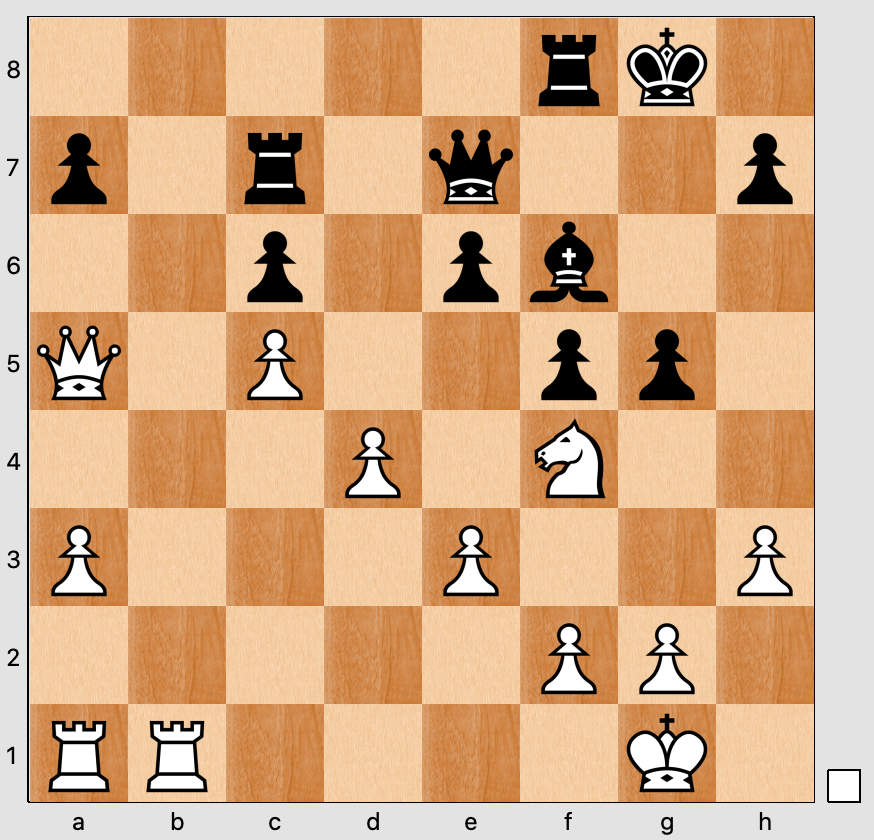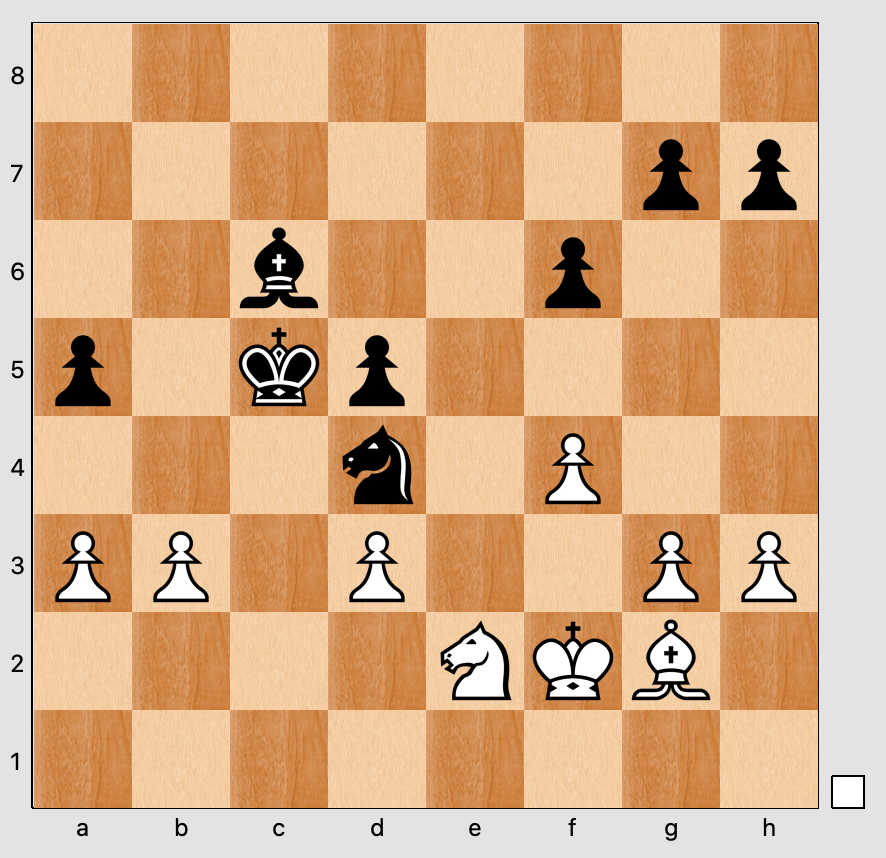Removing the Guard
In this lesson, I’ll be talking about the “removing the guard” or “removing the defender” tactic in chess. This tactic involves forcing an opponent’s piece, which is defending another piece or a critical square, to move or be taken. Once the defending piece is moved or removed, the previously defended piece or square becomes vulnerable to attack.
In this example White’s Queen would like to take the Rook but the Black Queen is protecting it, by playing N x e6, forking the two Rooks, the Queen takes the Knight and moves away from defending the Rook, hence Q x R

One other example:-

Black has just played Knight to d4, attacking both Knight and b3, by making the King move away from protecting the Knight, White can play N x N.
so.. 1] pb3+ pxp
2] pxp+ K x p (or Kb3 or d6) either way it moves away from the Knight3] N x N
A Brief look at the French Defence opening

Usually this comes after White opens with e4, Black replies with e6 followed by White’s d4 and Black plays d5. We now have here a couple of options, either push on to e5 or e4 x d5.
[Incidentally, if White opens with d4, Black can still play e6 with the idea of playing the Dutch opening, but we will leave that for another day.]
First the Advanced variation
Black now has the choice to castle long or short after reviewing the position.
Second is the Exchange Variation
White has bought the Queen out too early, it's Bishop and Knight are sadly still on the back row.

